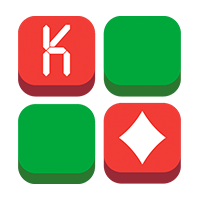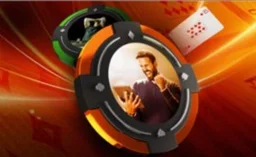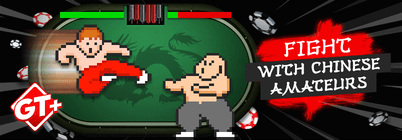
Calculator

Calculating equity in online mode
Hold'em, Short deck, and Omaha with 4, 5, and 6 cards are supported.

€25 Gift

Bonus for RedStar players
Instant €25 bonus for the first deposit. No wager.

Partner deals

Earn money as GipsyTeam subaffiliate
Are you a streamer or influencer? Become a partner and earn with us!
Helping you
win at poker
since 2009
win at poker
since 2009

Calculator

Calculating equity in online mode
Hold'em, Short deck, and Omaha with 4, 5, and 6 cards are supported.

€25 Gift

Bonus for RedStar players
Instant €25 bonus for the first deposit. No wager.

Partner deals

Earn money as GipsyTeam subaffiliate
Are you a streamer or influencer? Become a partner and earn with us!
Register using this link to get access to GipsyTeam bonuses:
- Increased first deposit bonus
- Increased rakeback and reloads
- Help with deposits and cashouts
- Access to private freerolls
- Round-the-clock support

News
Matt Valeo Talks Business Skills and Phenom Poker
Matt Valeo shares insights with Daniel Cates on entrepreneurship, security in online poker, and his new site Phenom Poker, which handles cheating in a unique way.



Maximize your potential!
- We help you earn more
- We protect your interests
- We present gifts and bonuses
Join us
Register using this link to get access to GipsyTeam bonuses:
- Increased first deposit bonus
- Increased rakeback and reloads
- Help with deposits and cashouts
- Access to private freerolls
- Round-the-clock support
Register using this link to get access to GipsyTeam bonuses:
- Increased first deposit bonus
- Increased rakeback and reloads
- Help with deposits and cashouts
- Access to private freerolls
- Round-the-clock support
Win real money in tournaments without buy-ins!
114 more freerolls Today 14:20 EDT (18:20 GMT)
Today 14:20 EDT (18:20 GMT)
Today 14:30 EDT (18:30 GMT)
Today 14:30 EDT (18:30 GMT)
Today 14:30 EDT (18:30 GMT)
Today 14:45 EDT (18:45 GMT)
Today 15:00 EDT (19:00 GMT)


Free To Play - Round The Clock - Poker Tournament - $200 USD GTD
- Late check-in 60 minutes
GT Bonuses
Today 16:00 EDT (20:00 GMT)
Today 16:00 EDT (20:00 GMT)


Free To Play - Round The Clock - Poker Tournament - $200 USD GTD
- Late check-in 60 minutes
GT Bonuses
Today 16:45 EDT (20:45 GMT)
Today 17:00 EDT (21:00 GMT)


Free To Play - Round The Clock - Poker Tournament - $200 USD GTD
- Late check-in 60 minutes
GT Bonuses
Today 17:05 EDT (21:05 GMT)
Today 18:00 EDT (22:00 GMT)


Free To Play - Round The Clock - Poker Tournament - $150 USD GTD
- Late check-in 60 minutes
GT Bonuses
Today 19:00 EDT (23:00 GMT)


Free To Play - Round The Clock - Poker Tournament - $100 USD GTD
- Late check-in 60 minutes
GT Bonuses
Today 20:00 EDT (00:00 GMT)
Today 20:00 EDT (00:00 GMT)


Free To Play - Round The Clock - Poker Tournament - $100 USD GTD
- Late check-in 60 minutes
GT Bonuses
Today 20:00 EDT (00:00 GMT)
Today 20:05 EDT (00:05 GMT)
Today 21:00 EDT (01:00 GMT)


Free To Play - Round The Clock - Poker Tournament - $100 USD GTD
- Late check-in 60 minutes
GT Bonuses
Today 22:00 EDT (02:00 GMT)


Free To Play - Round The Clock - Poker Tournament - $50 USD GTD
- Late check-in 60 minutes
GT Bonuses

































